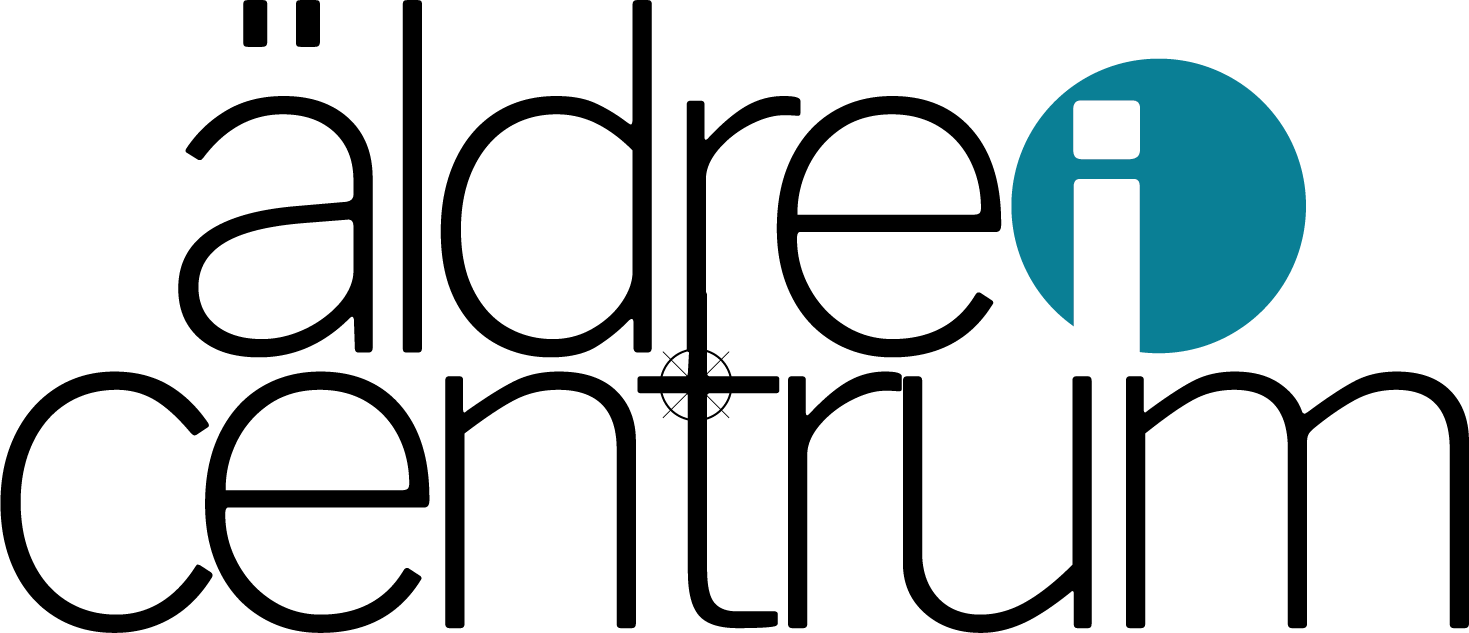2. Integrating neighbourhood change
Developing an age-friendly approach necessitates recognition the importance of the neighbourhood in the lives of older people. This involves providing access to natural and green spaces, ensuring safety and security, as well as offering a range of housing options.
To date progress has been slow in increasing housing choice, beyond specialist provision such as retirement villages and extra-care housing, despite the fact that the majority of older people prefer to live in communities with a mix of ages. Meeting this demand will require a creative partnership between older people, housing association, building companies and other relevant groups.
3. Challenging social inequality and exclusion
The age-friendly movement contains a strong message about maintaining older people actively engaged in society, but less attention has been paid to the inequalities associated with ageing. The experience of ageing differs between older women and men, different ethnic groups, those with more versus less financial resources, and also varies as a consequence of events such as divorce or redundancy.
A key task for future age-friendly policies will therefore be to increase equity of access to the basic necessities and decision-making processes of urban life, explicitly addressing persisting gender, social class, ethnic and other inequalities in the older population.
4. Incorporating diversity
Although the age-friendly project has placed older people at the centre of various initiatives, the movement has tended to ignore the full diversity of ageing experiences. Examples include the marginalisation of black and minority ethnic groups and those within the lesbian, gay, bisexual, transgender and queer (lgbtq) communities. Acknowledging social diversity is therefore an important issue.
This means responding to different cultural interpretations of what ‘age-friendliness’ might mean; shaping policies around the needs of particular groups with contrasting migration histories and life course experiences; and tackling distinctive forms of inequality experienced by particular groups, notably in areas such health, income, and housing.



